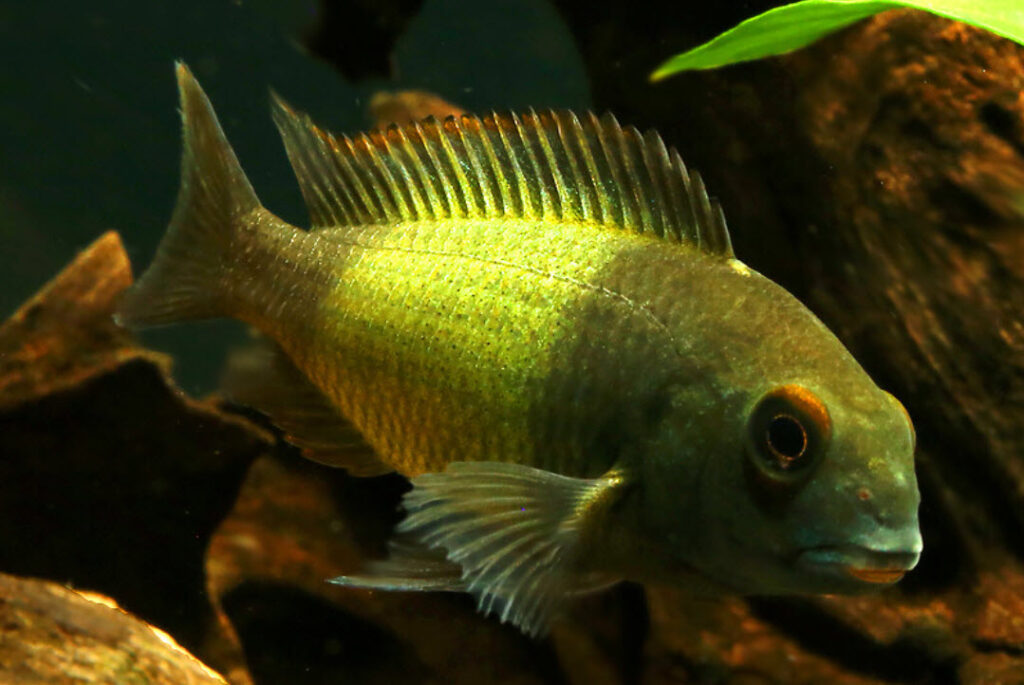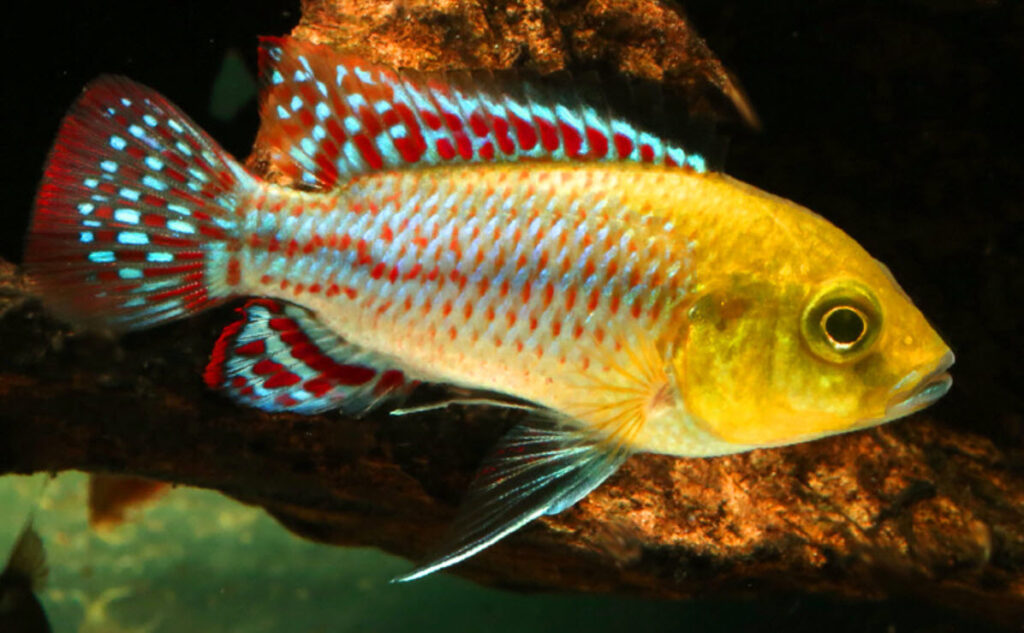One caution about diagnosing fish diseases.
Even with a microscopic examination fish diseases are not easy to diagnose. Most hobbyists have only what their eyes tell them to go on as to what any fish disease is. This means that diagnosis of any fish disease is simply a “best guess”. And these “best guesses” are frequently wrong. So keep this in mind in ALL the following symptom articles.
Unfortunately, diseases of fish do not come with signs saying things like “I have hexamita”. Therefore one must look at the symptoms. And one symptom can have several different “causes”. This is known as “multifactorial aetiology” by scientists. These symptoms are oftentimes termed “syndromes”. Each of these sections looks at the most likely candidates for any given symptom:
11.1. Hole-in-the-head Syndrome

Note that there is one “symptom” which isn’t a “symptom”. Fish very commonly “flash” and “scratch” against the substrate and rocks. This is especially common after a water change. Unless they are doing this 100% of the time it probably is just an ich they had to scratch. It is nothing serious. If it is constant and really bad it can indicate chlorine poisoning, organics in the water, ick or flukes.

In addition here are some general articles which will be useful when treating any fish disease:
12.2. Various Treatments Summarized

These articles in turn are in addition to all the articles on specific diseases:
10.2.5. Chilodonella and Costia


10.7. Fish Saprolegnia or “Fungus”

10.16. Graphite Disease in Bettas



